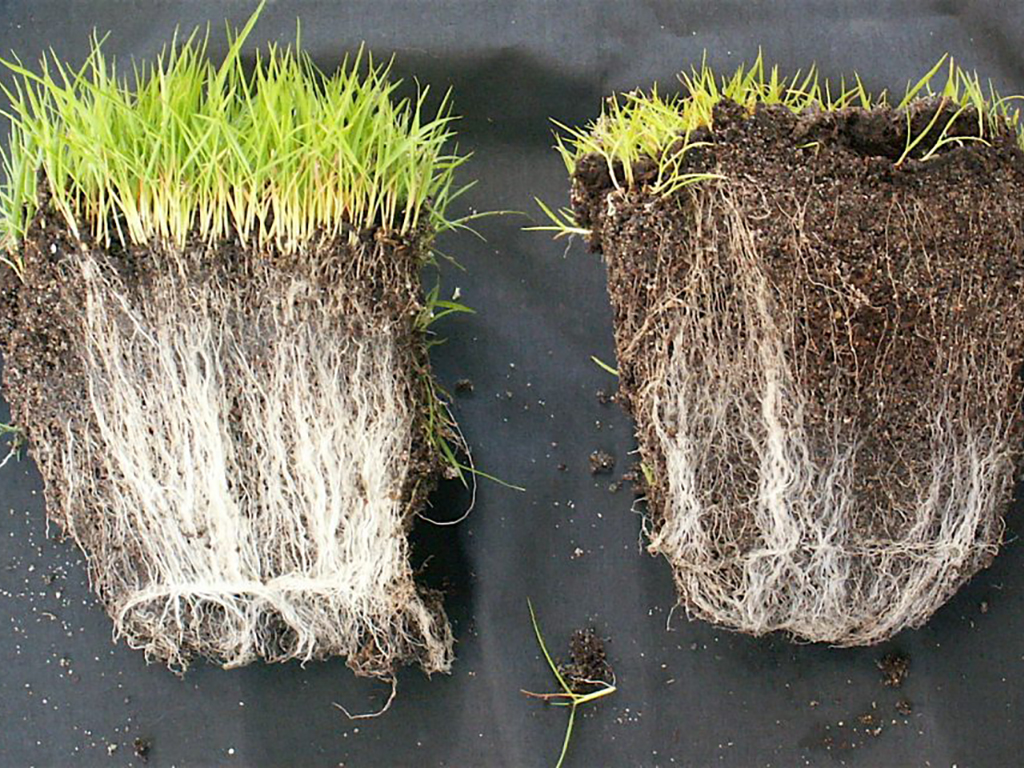Editor’s Note: Hopefully you’ve read Re-boot or Revolution, from our Jul/Aug magazine, in which David Trubridge, Bruce Bisset and Paul Paynter discuss the ruination of Hawke’s Bay (and the planet) via rampant capitalism and dysfunctional democracy. After that, you might need some practical alternative! Here’s a plan from Phyllis Tichinin.
I concur with the need to re-envision capitalism and slap the ‘continuous growth at any cost’ paradigm into oblivion as a resource allocation mindset that has succeeded in bringing us to this brink of ecological and social collapse. I assert that we do need to examine and expunge the xenophobic, Cartesian, patriarchal mindsets that distance us from our planetary support systems – from Gaia, which is fundamentally microbe-directed. Hence the ‘flavour’ of several of my Big Idea offerings.
Slash Resource Extraction & Waste — Regenerate Resources, Health & Community
Destination Tourism – get them ‘Stay in the Bay’ longer
- Detox Spas/Infertility ‘respite’
- End of Life awareness experiences- Guided psychedelic therapy?!
- Maori history, Rongoā and Spiritualism
- Food quality and healthy cooking
- Forest ‘Bathing’ – Bush ‘bathing’ – Microbiome reset therapy
Verifiable Food Quality – program to enhance regional distinctiveness, international premium and regional health
- lead world in voluntary measurement of produce nutrient density and residue levels
- Phase out glyphosate use to re-establish soil and water biodiversity
- Encourage resulting orchards/cropping zones as tourist attractions
Grow Your Own – who can do it better?
- back and front yard organic, nutrient dense gardens
- education programs
- raised bed components
- community cooking classes
World’s First Mycorrhizal Region – you’ll probably need this footnote*
- Convert pine slash glut into high value soil-restoring mycorrhizal inoculum through a low-cost passive process – export to other regions or countries
- Use Inoculum as component of native plant ‘seed balls’ for low cost, rapid, aerial reforestation of slopes over XX degrees through district and Regional Council program for water quality improvement, reduction in irrigation demand and carbon sequestration payments to farmers
- Provide to orchards and farms as starter for re-establishment of soil health, carbon sequestration, lowered costs and yield increases
- Encourage small-scale, open-air medicinal mushroom production – Reishi, Lions Mane, Turkey Tail, Jelly ears – huge international market
- Promote sensitive harvesting of Rongoā from re-establishing native bush
HB As NZ’S First Circular Waste Economy
- Encourage establishment and success of industries that repurpose or create new feedstocks/products from regional commercial and domestic waste streams
Create and Subsidise Public Transport That Actually Encourages Widespread Use
- Model on Asian approach of flexible, demand-responsive flotilla of 6 to 16 person Jitney microbuses – put smaller vehicles on the road for expanded user options – for rural areas as well
- Computerised central system with ability to pre-book ride times
- Make it so responsive, cheap, safe and pleasant that you’d be crazy to drive yourself
Reinvent Housing
- Encourage houses that are one-third to one-half the floor area
- Encourage smaller lot size, community garden spaces, subdivision layouts that unite people instead of isolating them
- Encourage community use of extra-wide public strips on residential streets for gardens or fruit trees
- Encourage use of low-water sewage options, including composting toilets, green roofs, and grey water diversions
The vision here is to utilise our special regional assets to advantage while improving our environment and quality of life. We have the sunshine, comparatively clean air, the soils and a spirit of innovation that could pull this off.
As concerted initiatives with local government backing, these would not only enhance our personal lives, but make great media fodder to foster demand for our unique suite of HB products and services.
* Mycorrhizal fungi colonize the roots of many plants. Mycorrhizal fungi develop a “symbiotic” relationship that helps the plant be more efficient at obtaining nutrients and water. In return, the plant provides energy to the fungus in the form of sugars.
Here’s how that symbiotic relationship works. The fungus is actually a network of filaments that grow in and around the plant root cells, forming a mass that extends considerably beyond the plant’s root system. This essentially extends the plant’s reach to water and nutrients, allowing it to utilize more of the soil’s resources.


Wow Phyliss, one wonderful idea after another. Yes to them all and hello from Cleone
Thanks for your comment, Cleone. It’s lovely to hear from you and to have your support as you are an early innovator. Healthy soils to you, Phyllis
some truly innovative future forward ideas that are definitely the way forward.